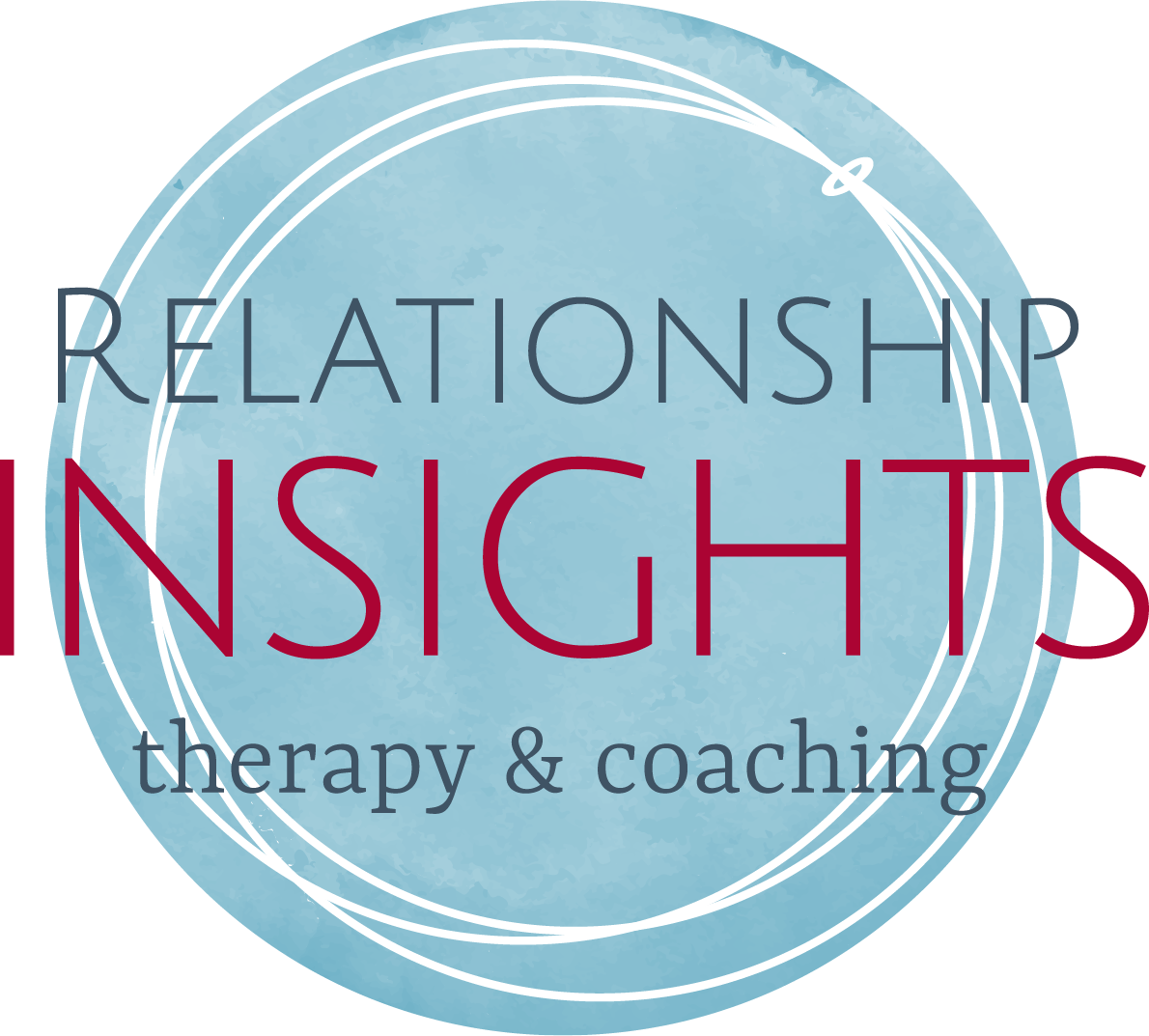PRACTICING MINDFULNESS
WHAT IS MINDFULNESS?
Mindfulness has become something of a buzzword lately. Although simple at face value – mindfulness is the act of paying attention to the moment in the moment – it is a complex idea to put into action. The problem many of us face is that we are so accustomed to multi-tasking, numbing, and doing things that take our mind out of the moment, that it seems like a huge battle to try to change that. And why is it important? For the long explanation, see this video. Actually paying attention to one thing at a time in the moment that you are doing it can really change the way you think.
ARE YOU MULTITASKING?
In what ways is multitasking built into your life? Do you have a cell phone bothering you while you are working? Is your smart watch buzzing while you are trying to have an in-person conversation? It feels that the more technology becomes a part of our daily reality, the easier it is to multitask. But the problem with multitasking is that by splitting your attention amongst various tasks, you don’t get to give your full attention to anything, and so all the tasks suffer. Are there ways in which you can cut multitasking out of your life?
CAN EATING BE NUMBING?
In our pop-a-pill culture where we are so intensely medicated by both medical professionals and through legal and illicit drug use that is has become the norm to just numb through difficult emotions or pain instead of figuring out how to cope with them. One drug we don’t talk about as much is food.
People who compulsively overeat often turn to food when they are not hungry, but rather to numb from their negative emotions. This provides a temporary fix until the guilt sets in about overeating and can be especially difficult, as you can’t cut food out of your life like you can with drugs. Seeking therapy can be one way to unload all of the emotions that you might have been “stuffing down” or “numbing” over time so that you can release the pressure that builds.
WHAT’S HARD ABOUT BEING MINDFUL?
Sometimes people are driven not to be mindful. Because, when they are quiet and alone, difficult thoughts often come up. Thoughts related to depression, which usually bring unhappy memories from the past. Or anxious thoughts, which usually makes us worry about the future. Or, even other mental health concerns.
If you find it is difficult to be alone with your thoughts, then it is time to find someone safe to share them with. You might start with a friend or family member but may find someone outside your social life, such as a therapist, helpful with this. If you have any thoughts of harming yourself or others, please seek help immediately by contacting emergency services/911 or a local crisis resource.
HOW CAN YOU PRACTICE BEING MINDFUL?
Part of mindfulness is being in your body in the moment. For some people, this may be somewhat of a foreign concept. We, especially as women, tend to take a position of desiring to change our bodies. It’s very challenging to accept our bodies as they are, and as the only body, we will ever have. Getting back “in” your body and getting in touch with its signals and feelings can build acceptance. The body becomes reintegrated with the mind, which is really two halves of our whole selves.
To start, you might try a body scan. This involves sitting quietly in a comfortable spot with your eyes closed, focusing on relaxing different parts of your body. This falls into the category of “guided meditation,” and can be a great way to get started with mindfulness. Try a search on YouTube or download an app – Calm and Simple Habit are some of my favorites.
MINDFULNESS TAKES PRACTICE
Some of you might have already explored some meditation, and thought “I’m no good at this,” or “I just can’t sit quietly for that long!” Please consider that your mindfulness skills are like a muscle to be built up over time. Check out the video above, by Ron Siegel. In it, he describes your mind as a puppy that you need to be patient with and train by being patient and bringing it back to the task at hand each time it strays. He also describes trying to think of your thoughts as clouds in the sky, just letting them float on by without getting stuck on them or judging your thoughts.
During guided meditations, such as the one linked above, it can be easier to keep your mind on task. This is because there is a voice to focus on and to go back to. After a while you may prefer “open meditation” or just sitting quietly without any guidance. Usually for a set period of time.
WHAT THEN?
Once you start to be in touch with your body, you will start to realize what an amazing machine it is! It is smart enough to tell you when it is hungry, what it is hungry for, when it is full, and when it is tired or in pain. If you can learn to listen to these signals and respond appropriately, your body has the opportunity to find balance and calm.
For more information about how to find peace with eating through honoring your body’s signals, check out intuitive eating. Do you struggle to identify when you are hungry and when you are full? Or feel that you eat for reasons other than being hungry? If so, you may consider seeking out an eating disorder assessment. Work with an eating-disorder-informed therapist and/or dietitian may be helpful in reestablishing those cues.
MINDFULNESS: THE TAKEAWAY
Challenge yourself to integrate mindfulness into your life one bit at a time is a great way to start! Set an alarm to do a 5-minute meditation during your break at work, or find a meditation that helps you fall asleep. See what sort of calm and peace you can bring to your life by being mindful in this moment. Use all your senses, and observe all that is going on inside and outside of you, without judgment. Be your body’s own best friend and figure out how to receive all the communication it is sending you, and how to take care of yourself best.
Mindfulness is a journey. Don’t hesitate to reach out to us for support if you need some help reading the roadmap.


